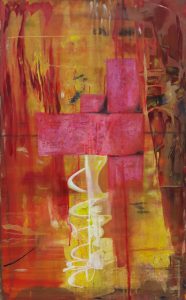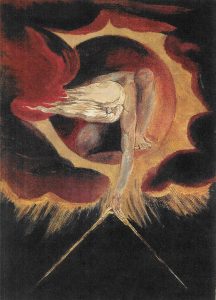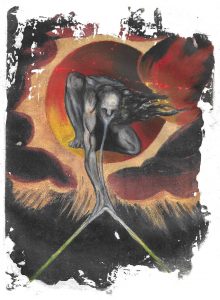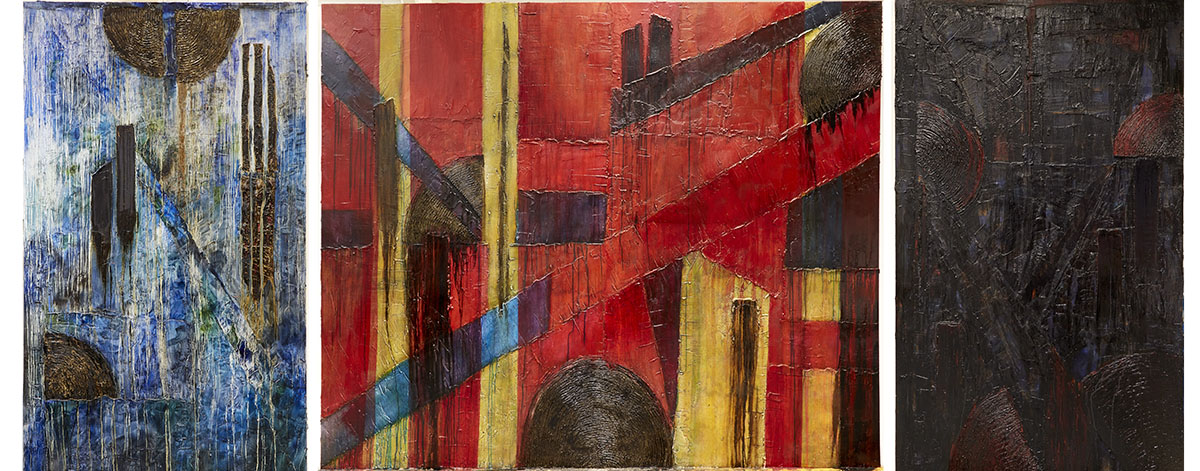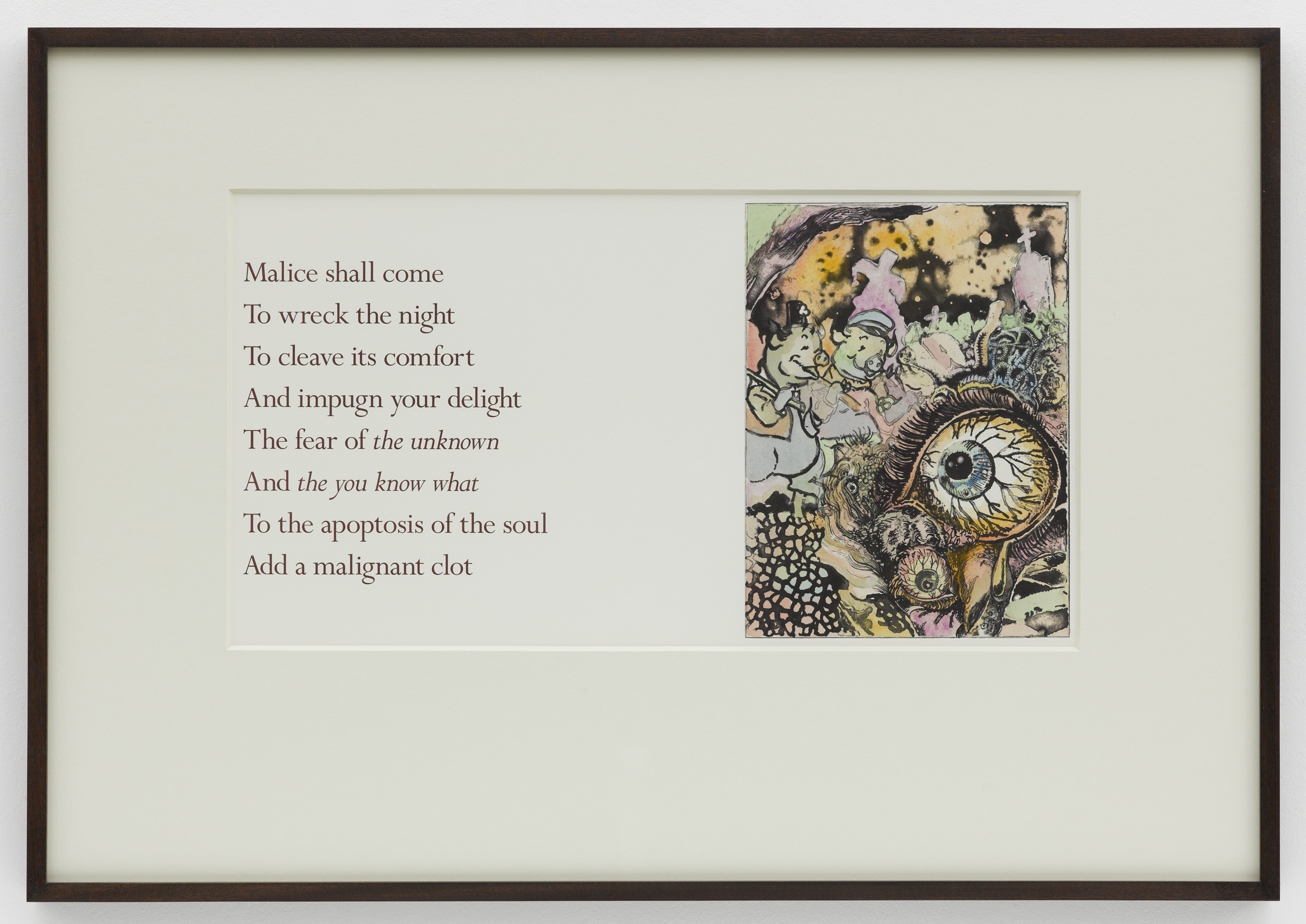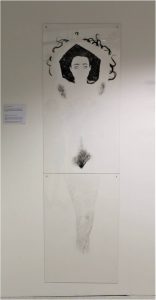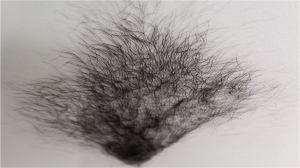I recently saw a film by the Norwegian artist Torbjørn Rødland at the Sperpentine Sackler Gallery called 123 BPM (2005). It was made from clips, mostly of trees and plants and a woman doing an exercise routine, all in time with a techno beat. It’s strangely interesting to watch the leaves shake on a branch – which is a very familiar scene – but to a repetitive beat it applies a whole different context. In the film the movement of the branches contrasts with the random movement we usually see in nature. Their movement to the music almost personifies them, compelling the viewer to relate to them in a different way. Because the repetition of movement is continued for most of the film, you start thinking about how the artist captured this movement; whether the branches were bouncing naturally in the breeze, or if it was someone’s job to repetitively shake a branch for the film. I find this thought adds a playful humour to the piece, especially when applied to scenes such as the clip where we’re looking through reeds to two figures sitting in a small two man boat in the distance on a large, tranquil body of water. The boat is central in the frame and directly underneath a pinkish moon. A grey, misty sky merges almost seamlessly into the surface of the water. The scene is calming and picturesque – or it would be if it wasn’t for the single reed shaking vigorously to the stomping repetitive beat. I think this playful juxtaposition is effective and amusing. Seeing the film in the gallery environment made a difference to watching it on a laptop screen because I was far more immersed and focused on it. Being in a dark room with the music loudly emanating from the speakers behind me intensified the whole experience and definitely added value to the artwork. I think it is really important to experience art work ‘in the flesh’ when possible.

